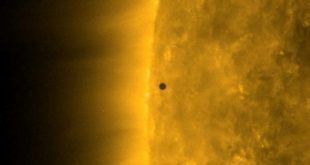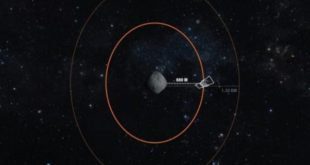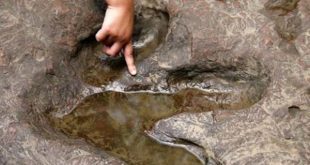 A new study, which was conducted with the help of the ALMA radio telescope, has allowed to reveal the nature of the luminescence in LAB-1.
A new study, which was conducted with the help of the ALMA radio telescope, has allowed to reveal the nature of the luminescence in LAB-1.
Astronomers have solved the mystery of one of the rare objects in the distant Universe known as Lyman-alpha blobs.
Apparently, bright glow of a huge gas cloud to make hidden galaxies with active star formation.
Lyman-alpha blobs (Lyman-alpha blob LAB) represent a huge cloud of hydrogen, extending for hundreds of thousands of light-years, which are at very large distances from Earth. Its name they got due to the fact that in the ultraviolet range of the emission line in which they radiate, is called a line Lyman-alpha.
The first such facility – LAB-1 (SSA22-1), with a diameter of about 300 thousand light-years, opened in 2000 at a distance of about 11.5 billion years from Earth. LAB-1 is in the core of a giant cluster of galaxies, in the early stages of education.
A new study, which was conducted with the help of the radio telescope ALMA (The Atacama Large Millimeter/Submillimeter Array), allowed to reveal the nature of the glow-in-LAB-1. It turned out that inside the cloud conceals two large galaxy in which massive star formation, 100 times more intense than star formation in the milky Way. In addition, these galaxies are surrounded by a whole “swarm” of smaller galaxies.
In the opinion of the authors that these young bright galaxies and makes it glow like a huge cloud of hydrogen. “Remember how the street lights look at night in the fog — instead, you see the light shapeless stains. Lantern light dissipates surrounding small water droplets. A similar thing happens here, only instead of torches we have a galaxy with intense star formation, and the “fog” is a huge cloud of intergalactic gas. – the study authors write.
Scientists say that the observations so far and, accordingly, of the ancient objects in our Universe gives a rare glimpse into the neighborhood of young and fast-growing galaxies. Most likely, LAB-1 is an enormous formation of massive elliptical galaxies, which can now be the center of a giant distant galaxy clusters.








